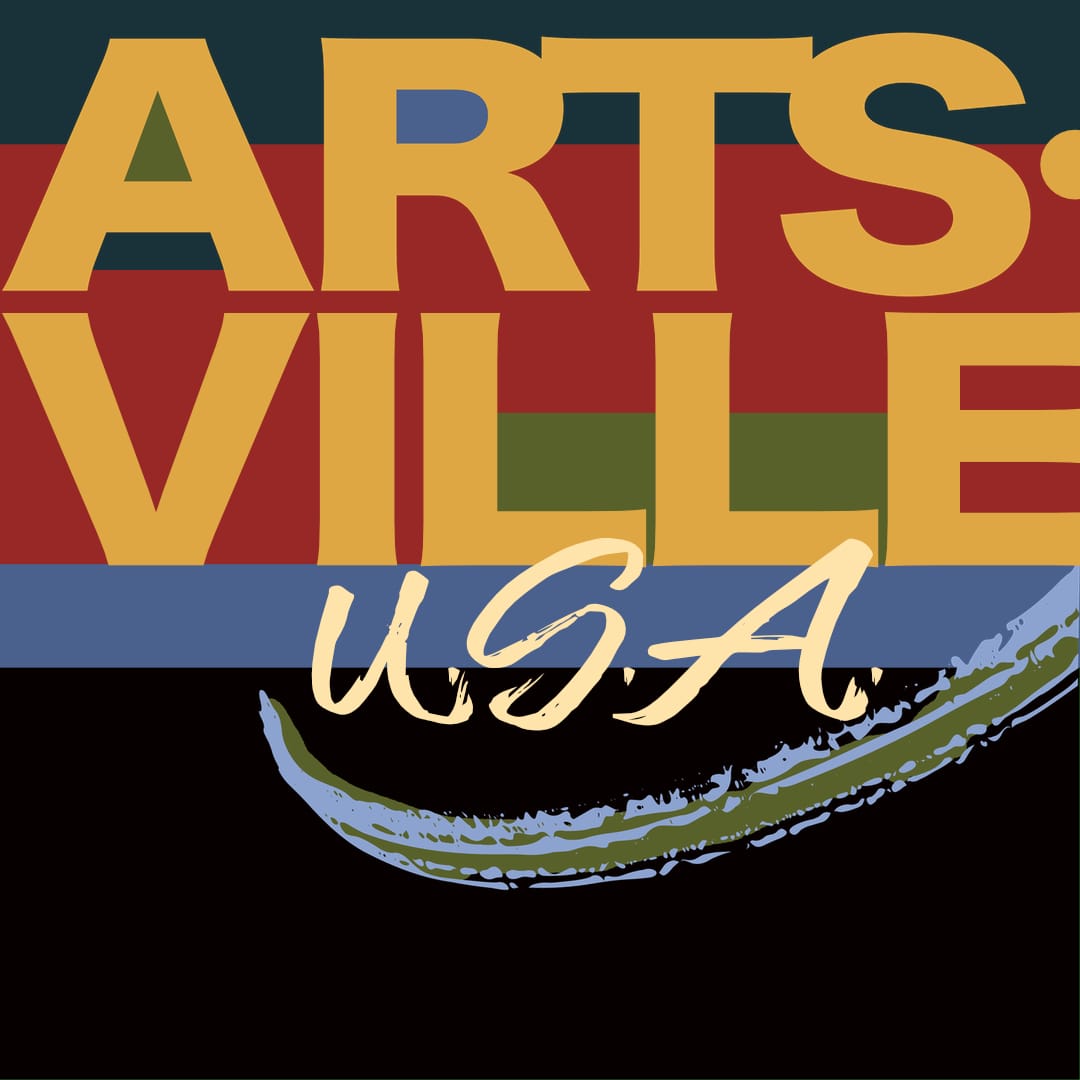Asheville Artist Hayden Wilson Opens His Glass Studio to the Public
Hayden Wilson’s studio is one of many stops along Glass +1, an exclusive studio tour experience that gives visitors a peek into the art and artists of Asheville, NC.

Q+Art is an artist interview column designed to support the art and artists of Asheville, NC. In this month’s interview, we speak with glass artist Hayden Wilson.
Glass art has deep roots in western North Carolina. Just ask Hayden Wilson, a second-generation glass artist who owns and operates a private studio in the thriving arts community of Asheville, NC. “I think what makes Asheville unique is the location,” says Hayden, who grew up just north of the mountain city. “It is surrounded by beautiful nature and tends to attract people who enjoy the arts and outdoor activities. There is a great community of artists in Asheville that really support and encourage each other.”
Tucked into the Appalachian Blue Ridge Mountains, Asheville first established itself as a hub for glass art in the 1960s when Harvey Littleton—the “father of the studio glass movement”—relocated to the area. Today, Asheville boasts over 100 glass artists, including Hayden, whose eclectic work offers a glimpse into the city’s rich cultural history.

Like many glass artists in Asheville, Hayden blends traditional and modern techniques to create functional tableware, decorative vessels, and fine art sculptures. “I use a centuries-old technique to create the patterns seen in my sculptural vessels,” he says. “Murrine is the name for a process that involves fusing together slices of glass color. I’ve developed my own modern take on traditional murrine glass work.” Hayden’s most recent series, Fall of the Monarch, approaches contemporary ecological issues with the same meticulous craftsmanship as his ergonomic tableware, decorative vases, and custom lighting designs.
Just as committed to his community as his craft, Hayden is an integral part of the glass scene in Asheville. Before opening his private studio, he helped found and operate the Asheville Glass Center, now known as the North Carolina Glass Center. The Center’s shared equipment and studio space—which includes a hot shop, a coldworking shop, and a flameworking shop—embody the cooperative aspects of glass blowing and the community values that make Asheville a haven for artists and art lovers alike.
“Asheville has a great mix of things, great food and drinks, art and music, and also the ability to be in the middle of nature within a short drive,” says Hayden. “I am happy to open my studio to tours to share my passion for glass and educate on the history of glass in the region.”
Want to see Hayden’s studio in person? Art Connections offers customized tours to groups or individuals who want to experience the thriving arts scene in and around Asheville. This year, ArtsvilleUSA and Art Connections present Glass +1, an exclusive studio tour experience inspired by the Biltmore Estate’s Dale Chihuly exhibition in Asheville. Schedule a tour by contacting Art Connections here.
In Today's Q+Art Interview...
Hayden Wilson discusses Rick Rubin’s seminal book on creativity, how he makes a living creating with his hands, and the generosity of the glass community in Asheville.


Which books, art-related or otherwise, belong on every artist’s shelf?
Hayden Wilson: The book I would recommend is The Creative Act: A Way of Being by Rick Rubin. It is a great perspective on how we are all creative beings.
Is art school worth the money?
HW: I think the great thing about art school is having the freedom to experiment without fear of failure or cost prohibitions. Having the space and encouragement to push ideas and get critiques is invaluable.


What do you wish you learned in art school but weren’t taught?
HW: I think one thing I wished was more focused on was how to be a self-employed artist. I think art school sets you up to go to grad school and then teach at an art school; it seems a bit insular. Having more business-type and professional development classes would have been beneficial.
What does success mean to you as an artist?
HW: I think success is a very relative term. I think for me it is that I can support myself and make a living creating with my hands and being able to choose my path.

What are you working on that you’re excited about right now?
HW: I have a few new series I am working on right now that I am excited about. My series of butterfly wings, titled Fall of the Monarch, talks about ecological and societal issues and humankind's relationship with beauty, nature, and our tendencies to control and gain power.
If you had to pick one, would you rather be a historically significant or commercially successful artist? Why?
HW: I would rather be commercially successful. I hope to make a living making art, and I have no desire to become famous.

What does generosity mean to you as an artist?
HW: As a glass artist, I am used to working alongside other artists every day. I think the ability to share knowledge and studio space is a great way to show appreciation.
How does your geographical location affect your work and/or success?
HW: I grew up in WNC surrounded by artists. My father is a glassblower, and my mother a potter, so that environment is surely the reason I followed the path of a studio artist. Having such a large and generous glass community helps us all grow and push our work into new spaces.

Hayden Wilson: Website | Instagram | Book Glass +1
This interview has been edited for length and clarity. All photos published with permission of Hayden Wilson; featured image and studio images: Nathan Chesky. All other images courtesy of Steve Mann and Loam Marketing.
Q+Art was created in partnership with ArtsvilleUSA’s sister organization, NOT REAL ART, who operate under our parent non-profit, Arterial.
